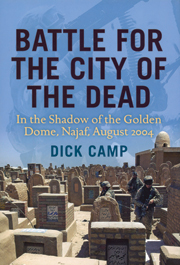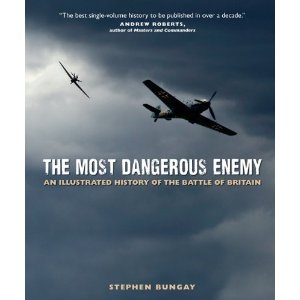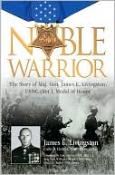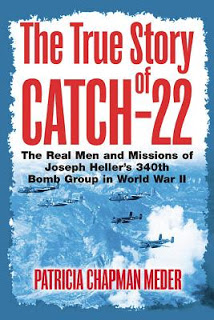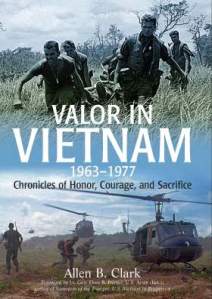The year was 2004. During the spring and summer the Iraqi nation was overwhelmed with violence. The nation's Shiites and Sunnis headlined the sectarian fighting. The Army of Iraq had been disbanded by the United States Proconsul. The results of his actions were infusing a large number of angry young men into the streets of the population centers in Iraq. These men had no jobs skills, no jobs, and no prospects for employment. These men were literally angry in the streets. The clergy fueled their anger which developed into a rage and campaign for jihad against the United States and all "occupation forces".
By August 2004, Muqtada Al-Sadr, a Shiite cleric, called upon thousands of Mahdi Militia, his armed followers and de facto private army, to resist the occupation. Fighting would break out in several locations. The holy city of Najaf, the site of the largest Moslem cemetery in the world, and the Imam Ali Mosque were major sites of fighting. U.S. forces found themselves fighting in 120-degree heat. The battleground was through a tangle of crypts, mausoleums, and crumbling graves. The fight was rough. It had the religious zealots against the motivated and disciplined United States Army and Marine Corps troopers. It makes for a spellbinding account of Americans in battle.
The book itself is excellent. Dick Camp tells an excellent story. The quality of the book is remarkable. I am referring to everything from the writing, the large amount of high quality color pictures, and even quality of the paper the book on which the book is printed.
